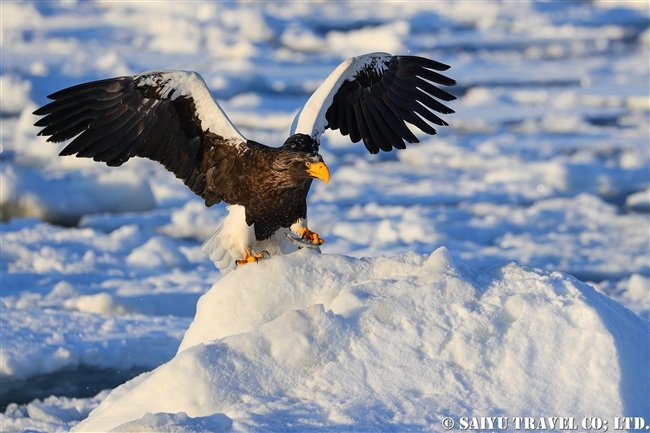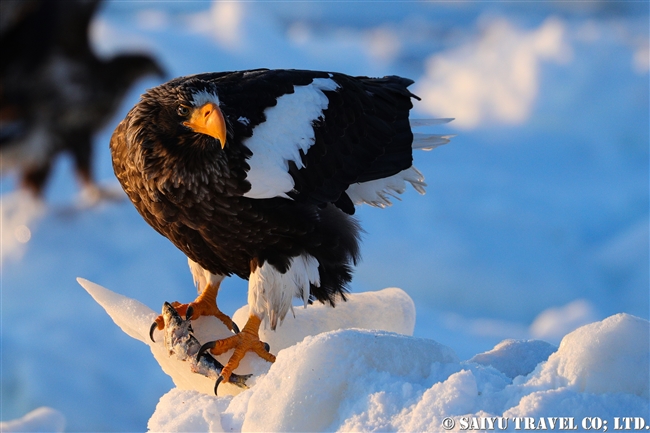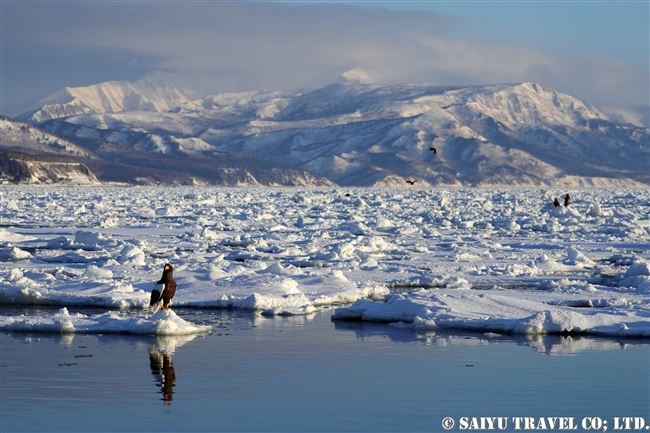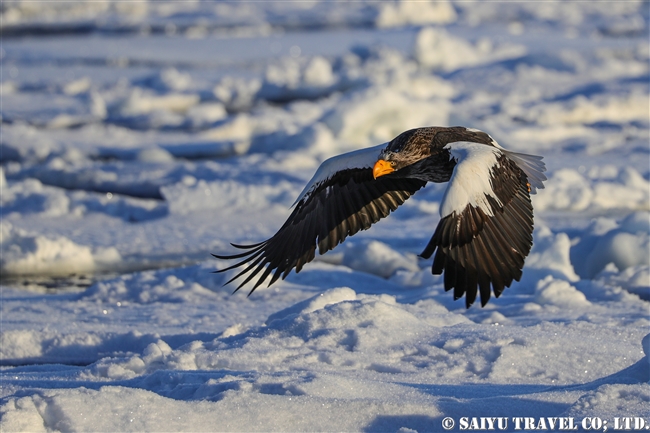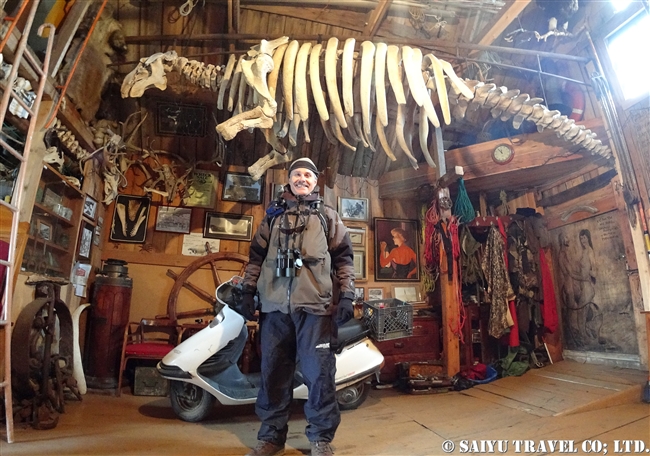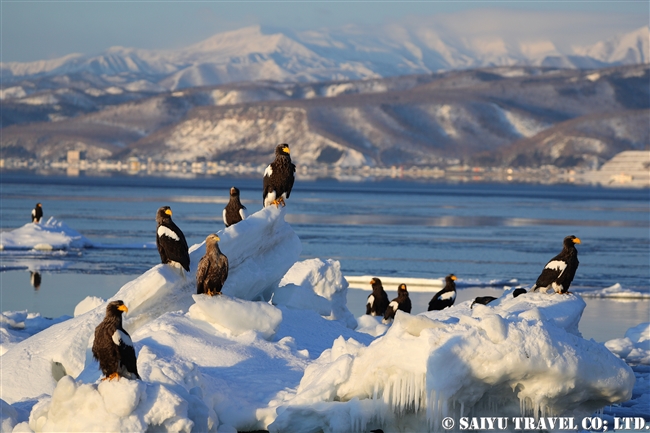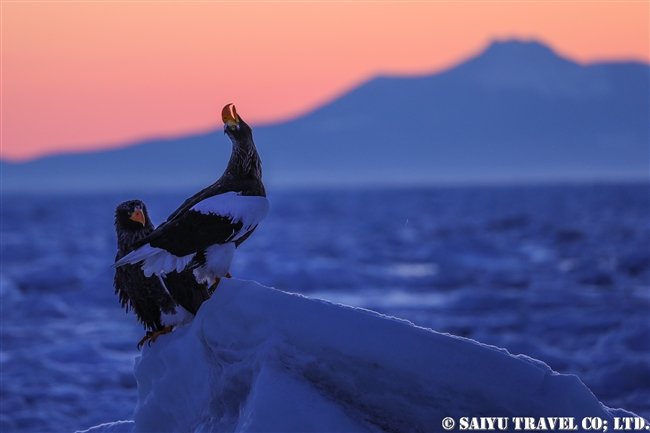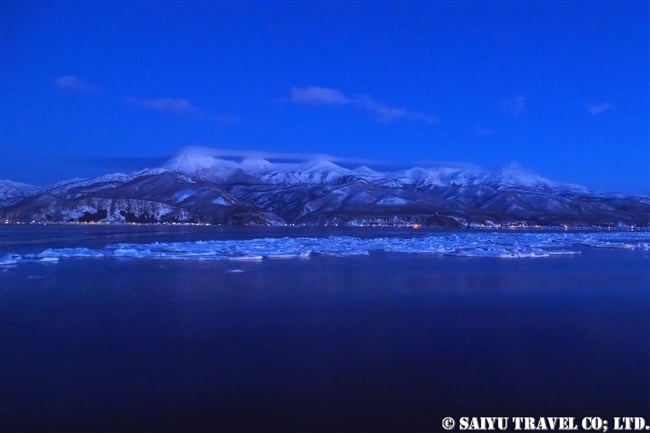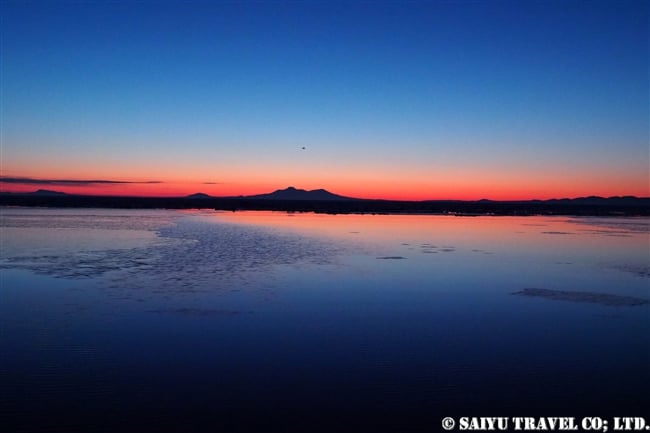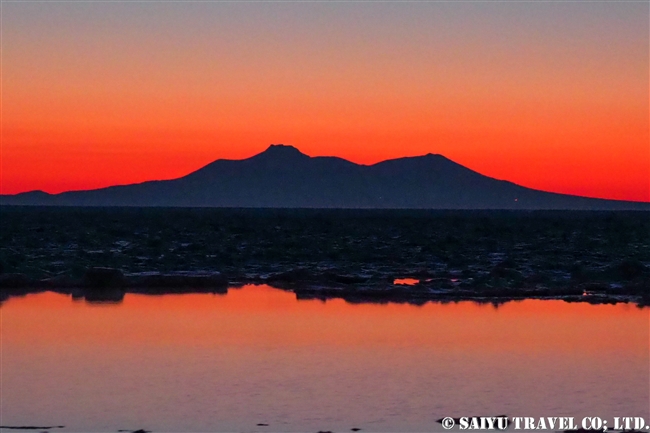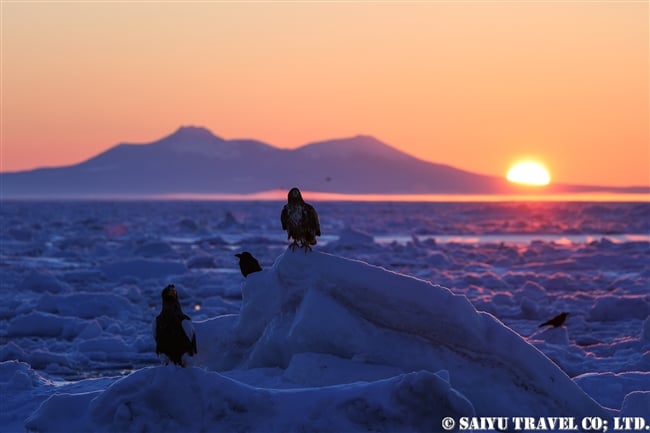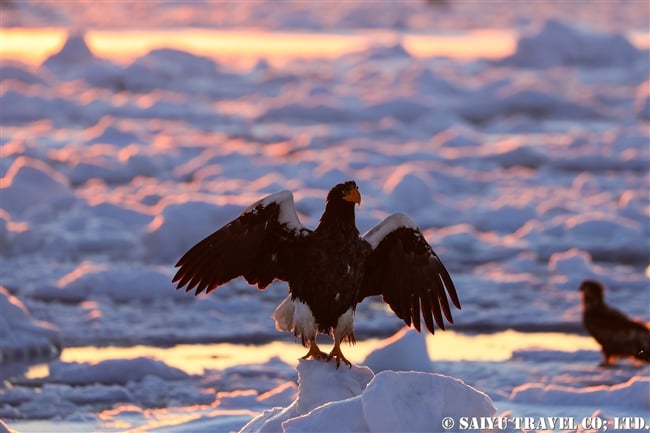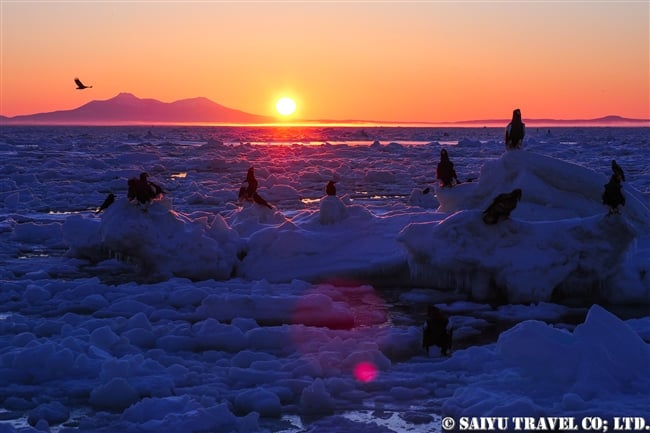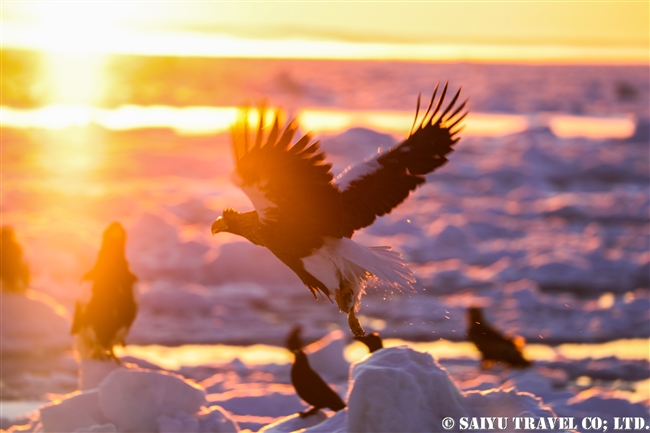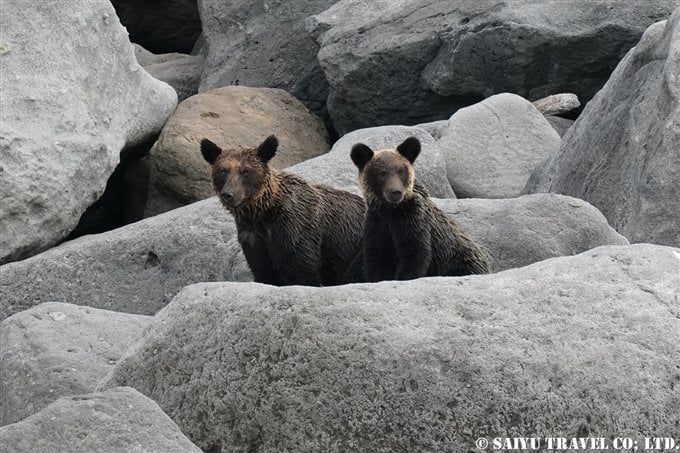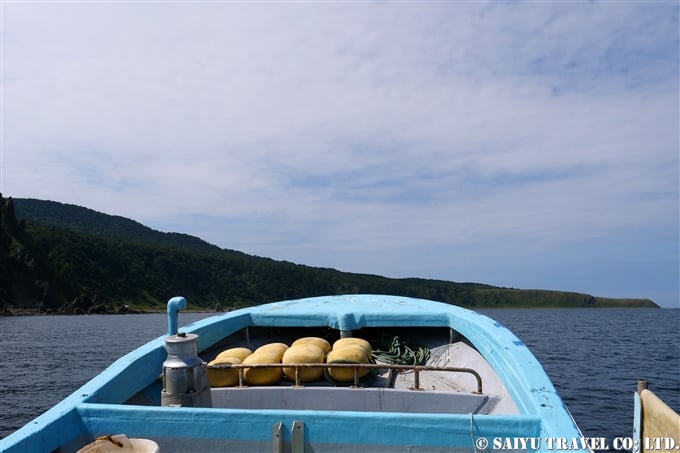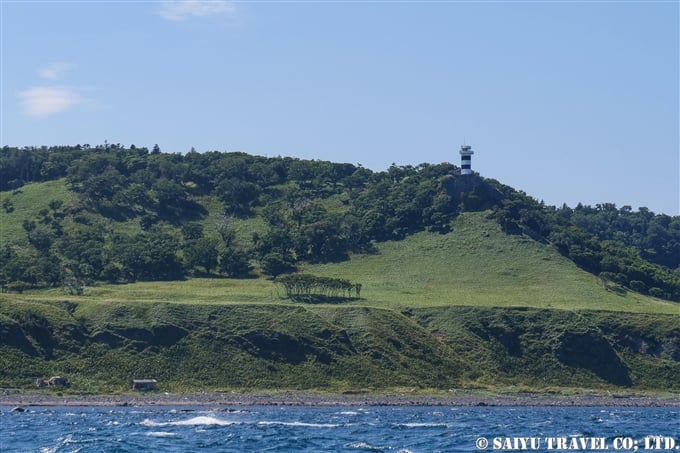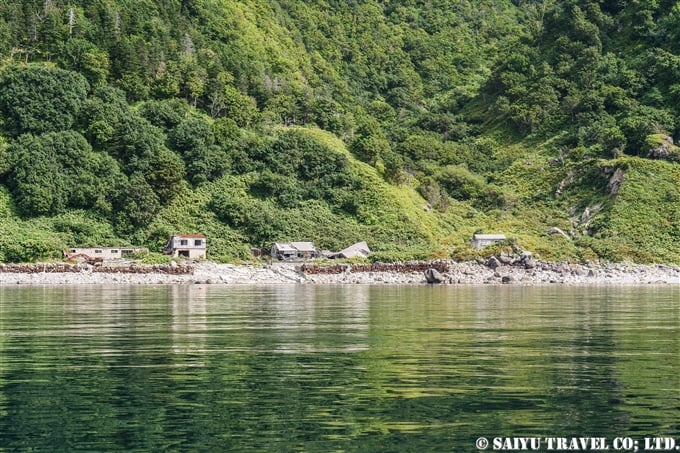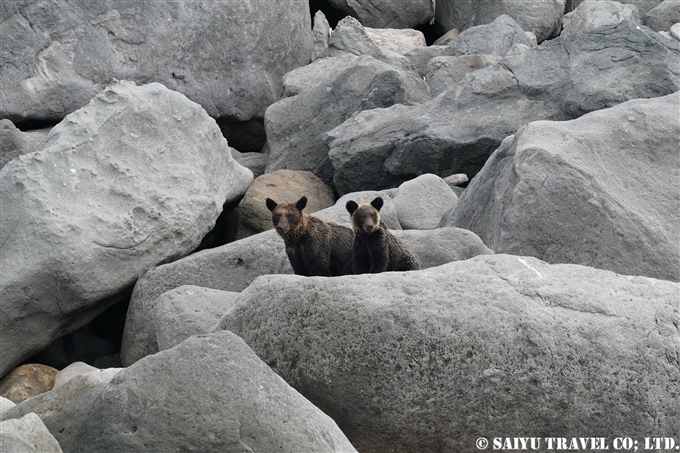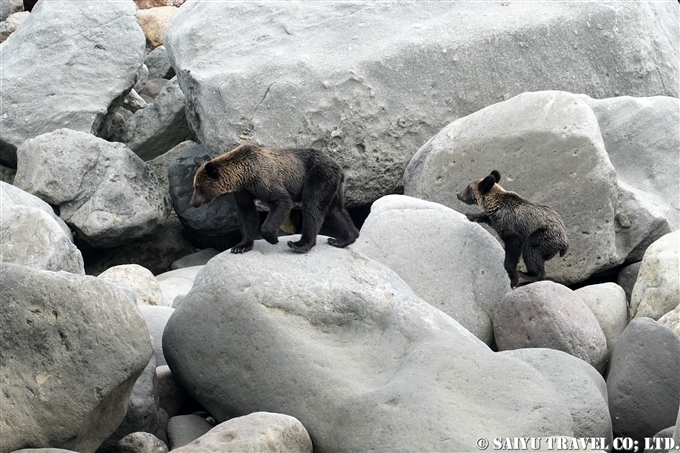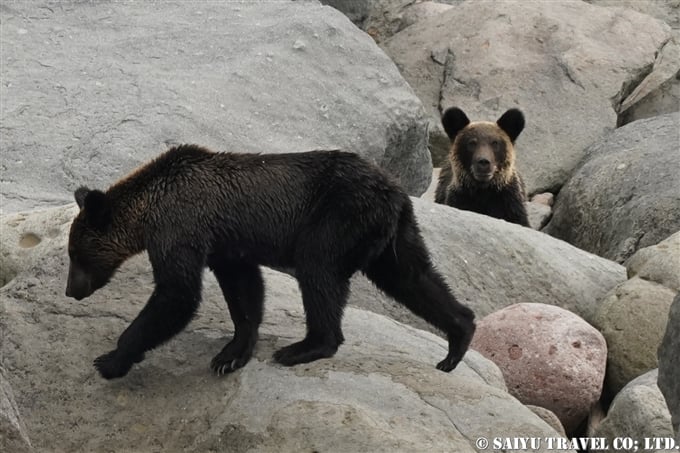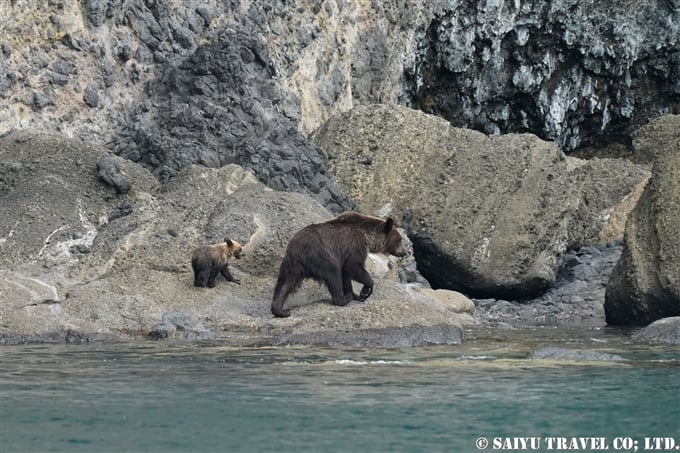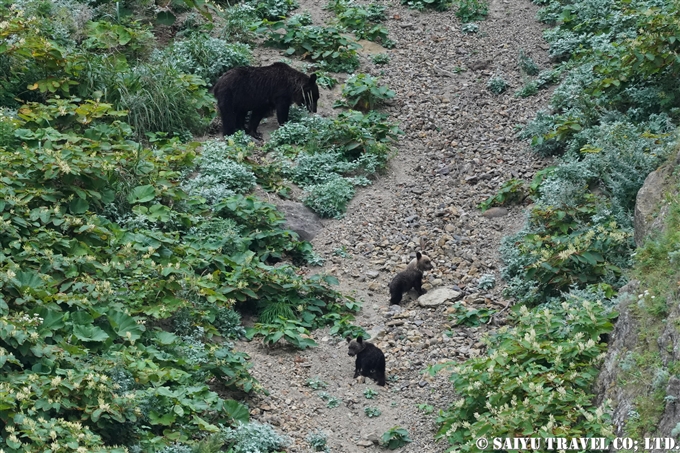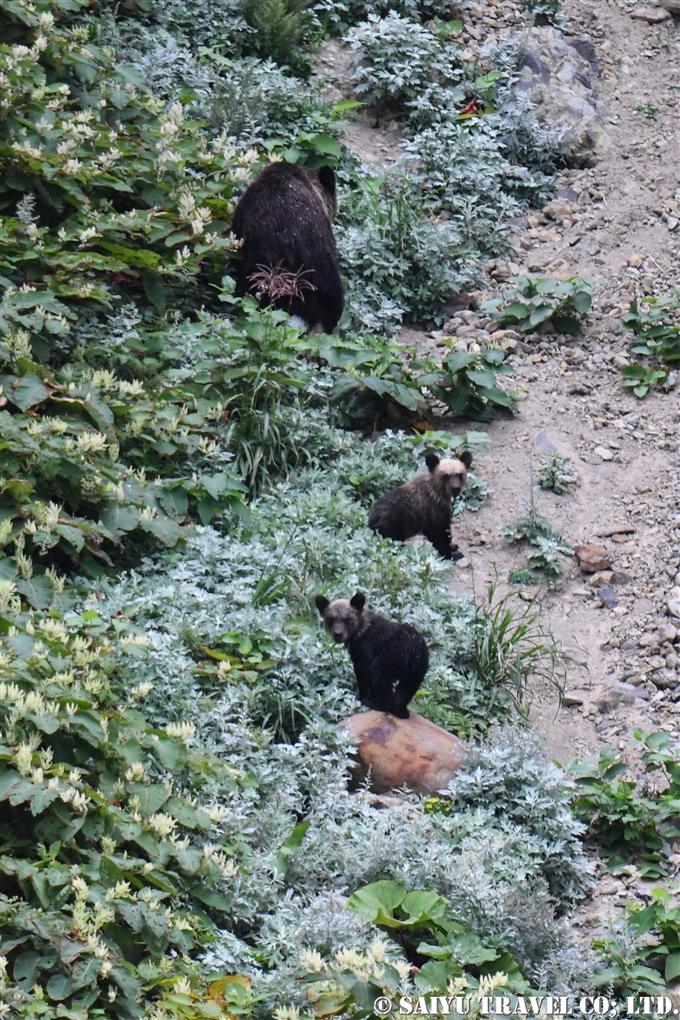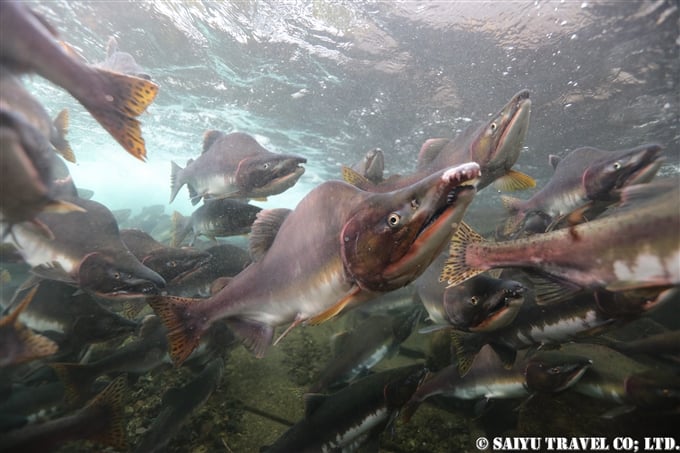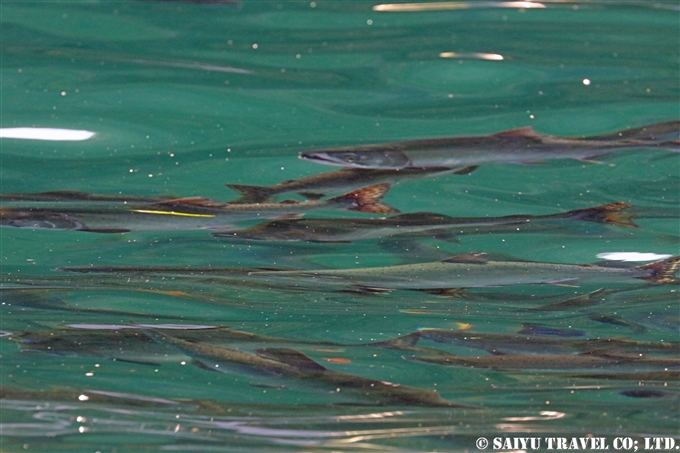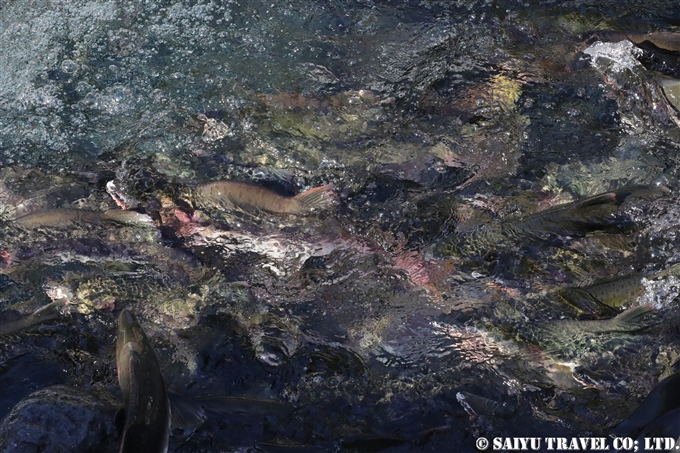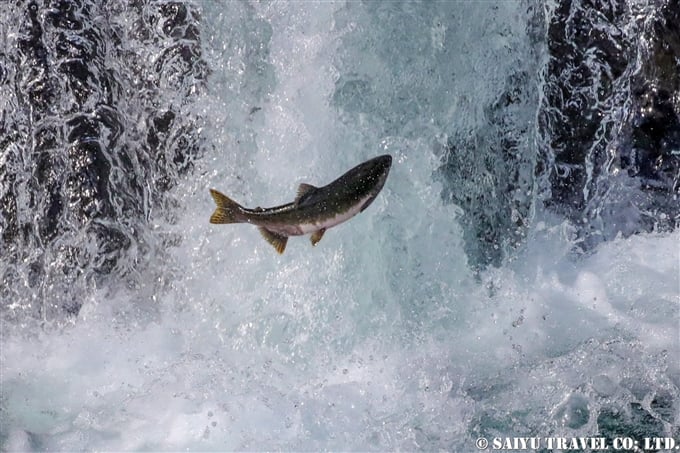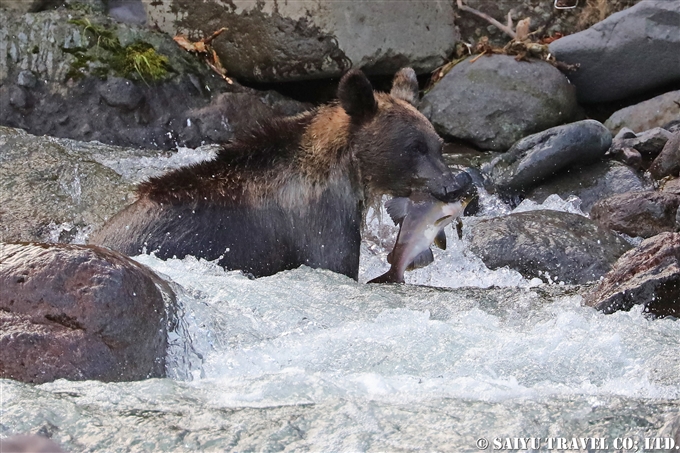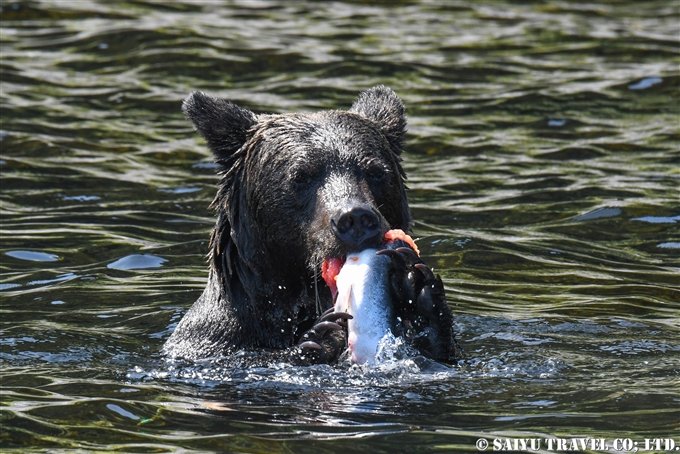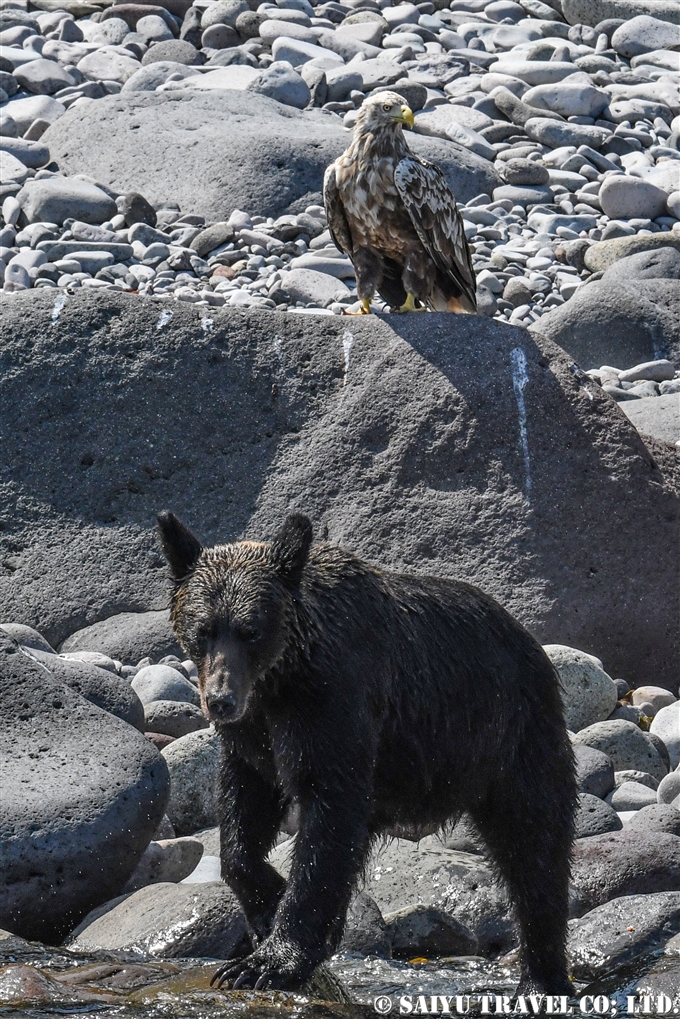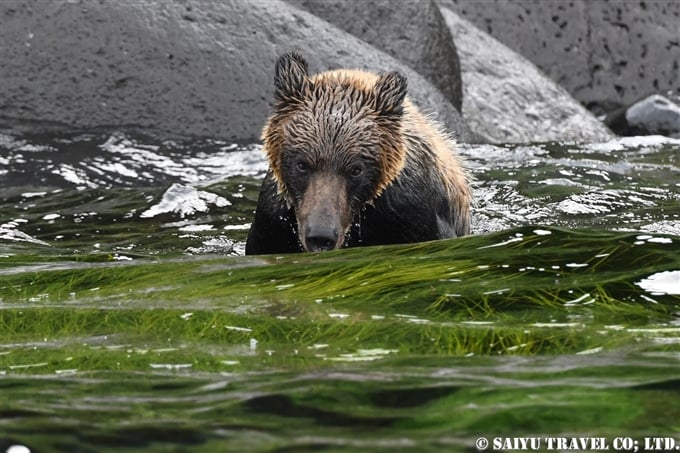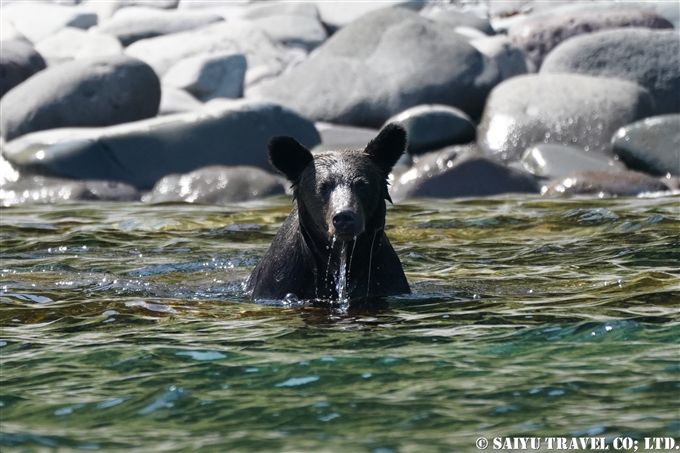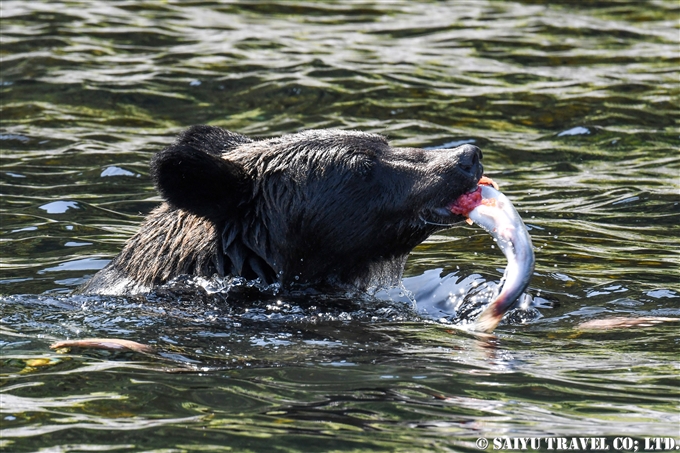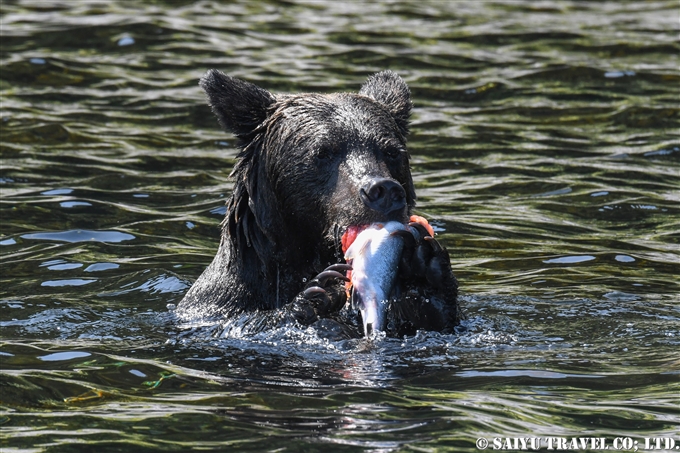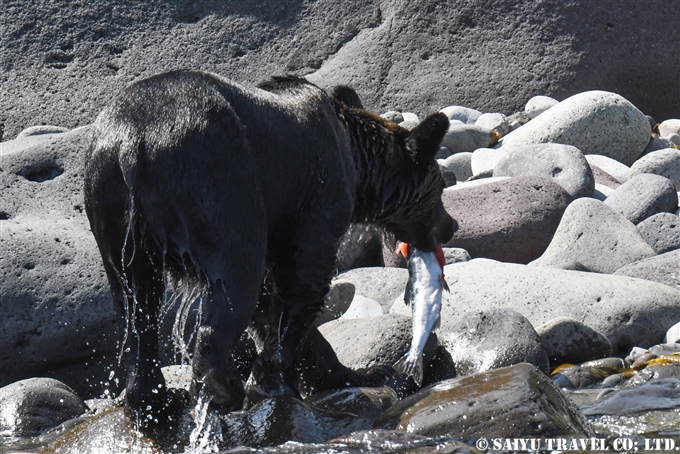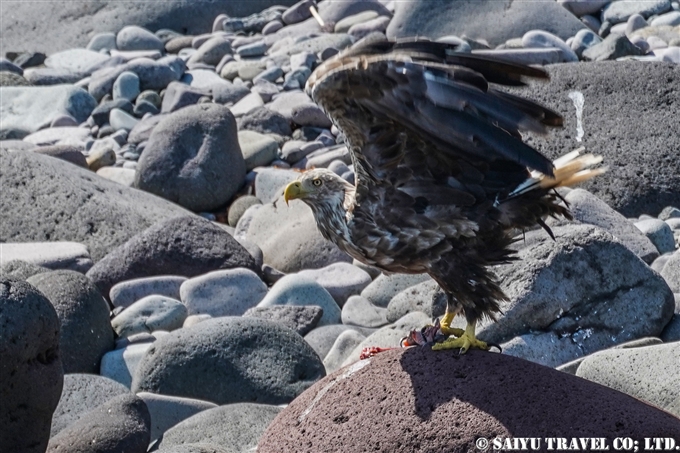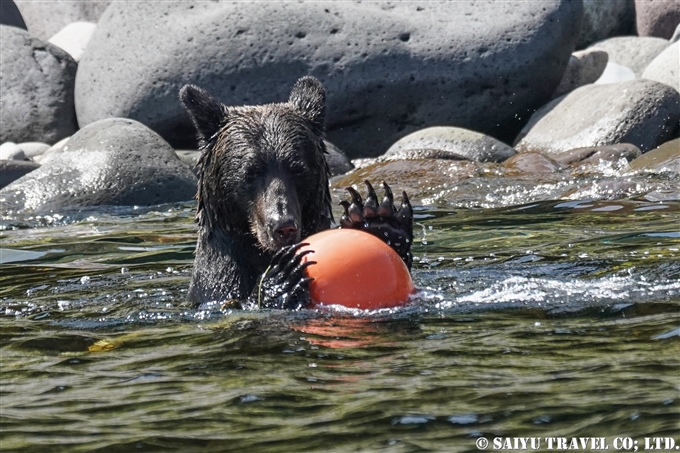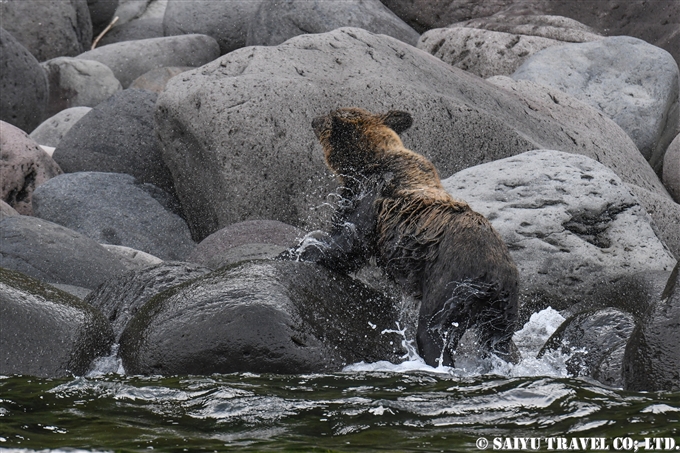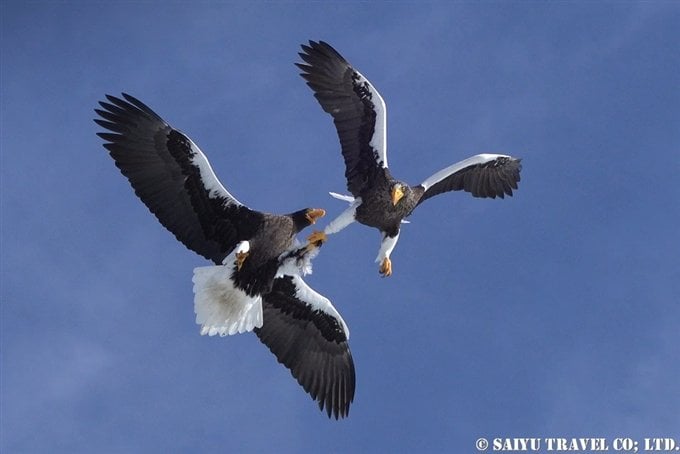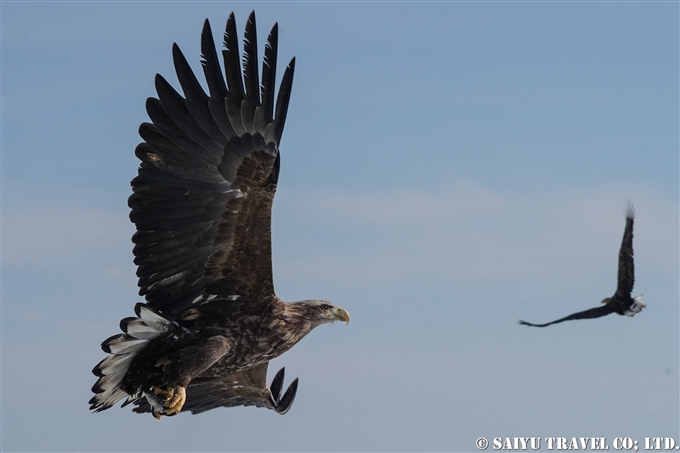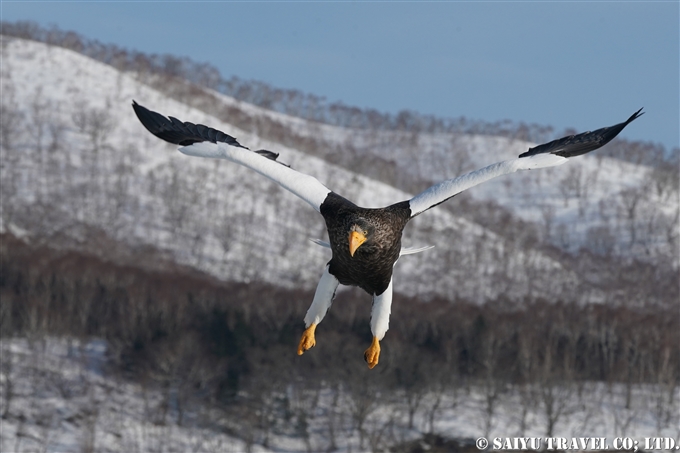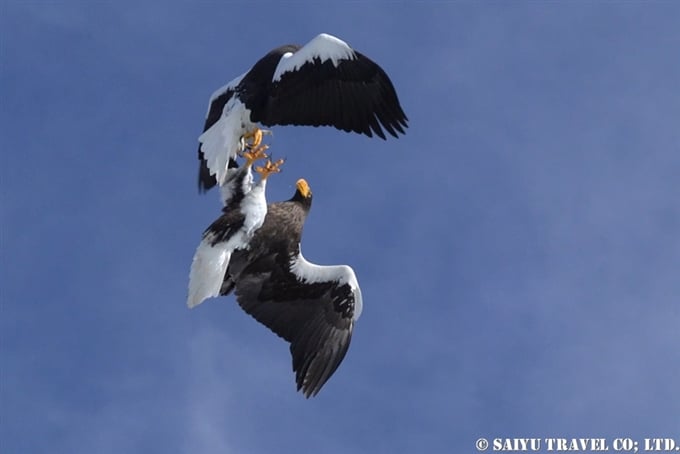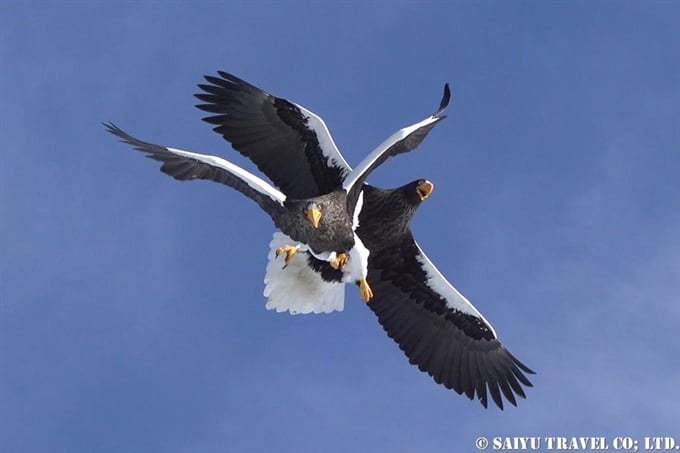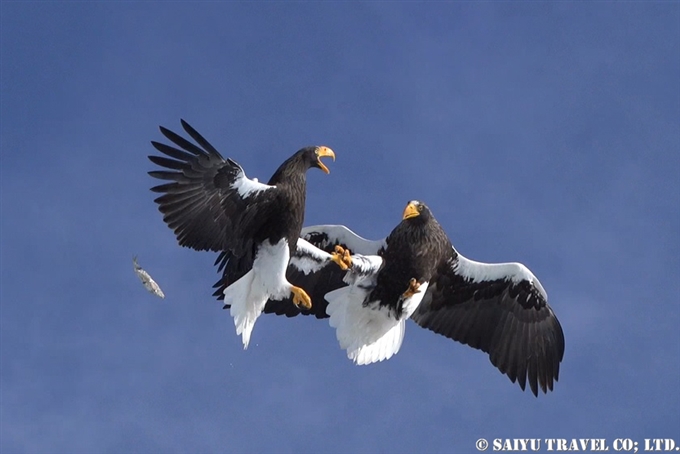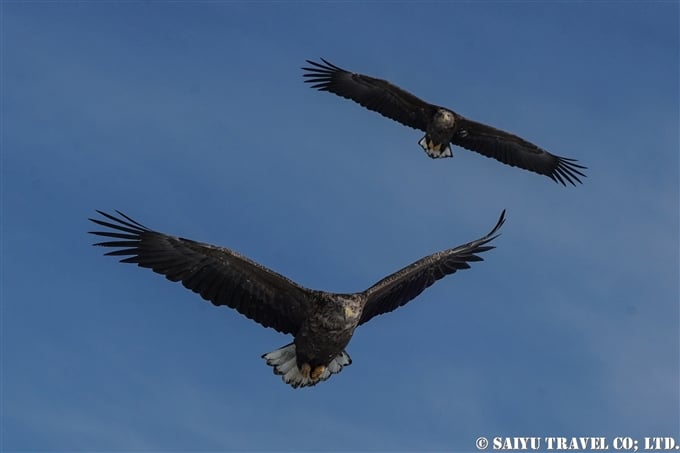
Our guestouse in Rausu, Shiretoko Serai’s nature guide, Shohei Morita wrote a report from the 2021 Summer Season!
♪ ♪ ♪ ♪ ♪ ♪ ♪ ♪ ♪ ♪
This year I could see many brown bears!
Along the Shiretoko Pass which connects Rausu to Utoro, I could see brown bears many times along the way. Due to the pandemic and its effects, this year the tourists coming to Shiretoko Peninsula was much less than usual, so we had less traffic, compared to before.

Also, I could see many brown bears on the boat cruises that leave from Rausu’s Aidomari fishing port. We used the small boat that is usually used for Kelp farming, and I was able to get this shot of the bear from the boat. From summer to autumn, brown bears are attracted to the small rivers along the coast to catch the salmon run.


Year after year, the number of salmon are decreasing while the number of fishermen continues to increase. This makes the situation difficult and a lot of stress on the bears. But despite that, I saw a momma bear teaching her cub how to catch salmon.

There was an unusual encounter with the carcass of a whale washed ashore, and the brown bears gathered around it. It is said that it has been more than 10 years since a large whale had been washed ashore.

It is a large whale, perhaps either a fin whale or a humpback whale.

This is a mother bear with her two cubs who had been born this year. This year’s bad fishing year made the national news, but locally, for the fisherman and especially for the brown bears, it was a big blow. I just hope that this abnormal situation in the sea will end as soon as possible, and that there can be a return of the “Rich seas of Shiretoko.”
And I hope that these two cubs can survive the winter.
Photo & text: Shohei MORITA (Shiretoko Serai)
Observation: Summer – Autumn 2021, Rausu, Shiretoko, Hokkaido
*Contact us, Saiyu Travel for more information about wildlife and bird watching in Hokkaido. We can make various arrangements for your trip. We have a guesthouse, Shiretoko Serai, in Rausu, Shiretoko Peninsula.
Tags: Wildlife in Hokkaido, Shiretoko peninsula, Cape Shiretoko, 羅臼, Shiretoko, Shari, Shohei Morita Photography, Aidomari, Brown Bear, Rusha, Wildlife of Hokkaido, Ezo-brown bear, Rusha River, Wildlife of Japan, Higuma, 知床, Wildlife Photography tour in Japan, Ezo Higuma, Wildlife in Japan, Wildlife tour in Japan, Brown Bear Photography, 知床サライ, Higuma Photography boat, Shohei Morita, Rausu, Brown Bear Photography Boat, Shiretoko Serai, Shireoko, Shireoko Misaki




